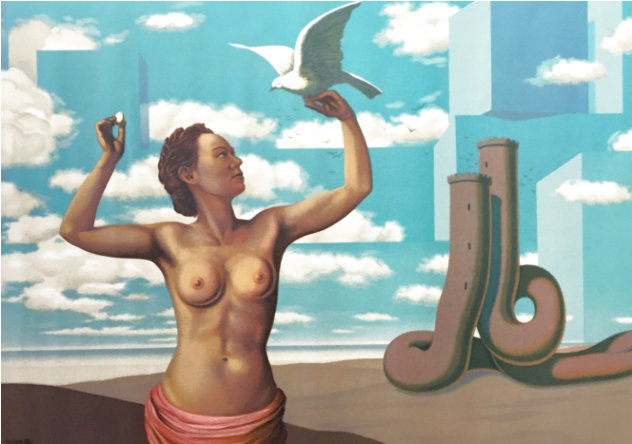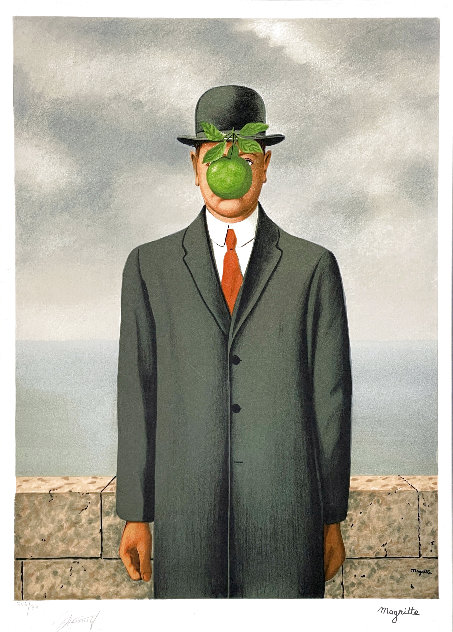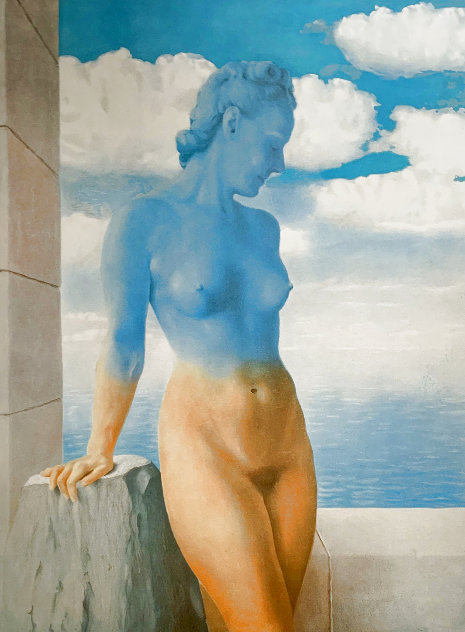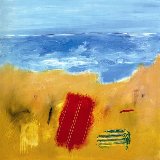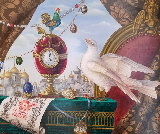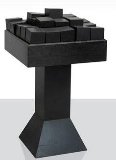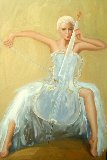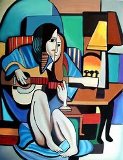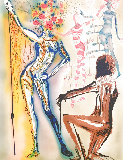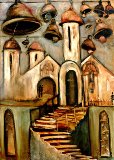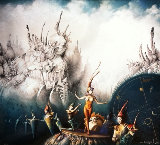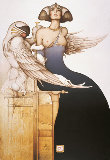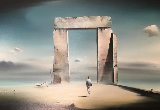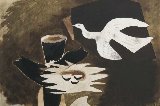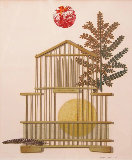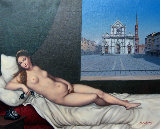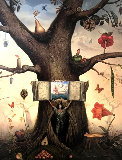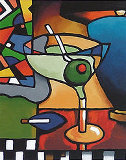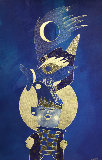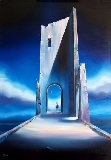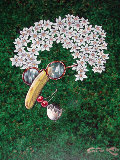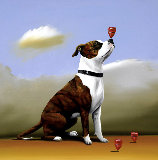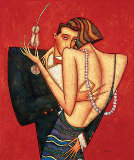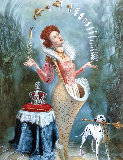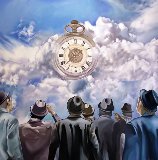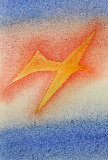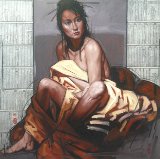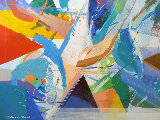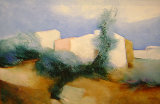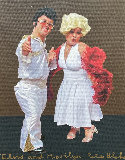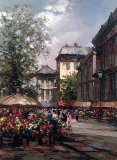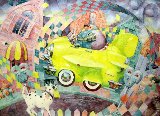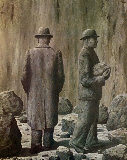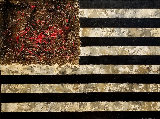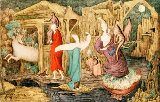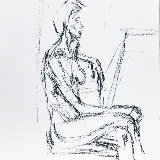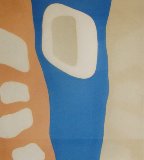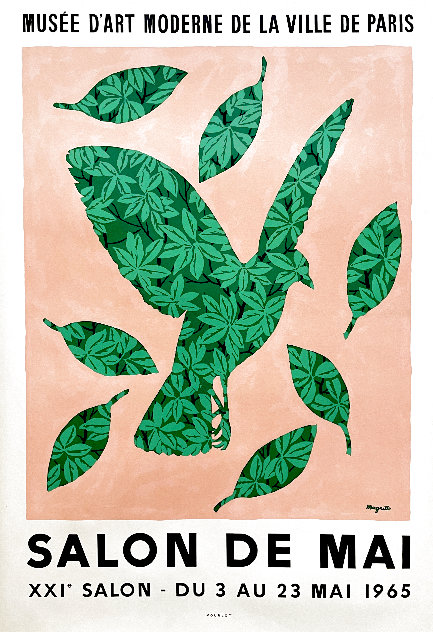








Salon De Mai Poster 1965
Rene Magritte
Limited Edition Print : Lithograph in Colors
Size : 19x15.5 in | 48x39 cm
Edition : Not Numbered, From the Edition of 850
Reduced
-
🔥1965 Limited Edition Lithograph Poster - a Steal $$$$$$$
Year1965
Plate SignedLower Right
Condition Excellent
Not Framed
Purchased fromGallery 2014
Provenance / HistoryPurchased from: Artists home e.K. Fine Art Owner: Christine Blenner Qualified expert on European printed graphic art after 1945, member of the German Association of Technical Experts and Evaluators Inc. (DGSV e.V.) Borgstuecken 17, 22043 Hamburg, Germany Tel. 0049-(0)40-41309701 Amtsgericht Hamburg HRA 100741UID: DE226202940
Story / Additional InfoMagritte Poster Salon de Mai 1965, printed/approved while Artist was alive in 1965. I have attached a note/photo about the Poster, one of 850 copies. Image size 19" X 15 17/32".
Currently this exact poster, from the same gallery I purchased from is listed for almost $1,482. I am selling for less than half price! You can see my review from my purchase on from them on 5/28/2014 under Jeff F. https://www.original-prints.com/us/Rene-Magritte-Musee-dArt-Moderne-1965-Salon-de-Mai-Lithograph::1816:616.html
This poster appears very crisp and very much like a lithograph, almost as if just printed. This poster has a professional lined backing, to preserve well into the future.
The graphic image of the oster is in excellent condition and will look amazing in a frame. There is a very slight tear near the top left, on the left top corner there is slight creasing but each is stablized by the linen backing. These small flaws are very minor and will be covered up once the image is framed.
Certificate of AuthenticityArt Brokerage
LID140819
Rene Magritte - Belgium
Art Brokerage: Rene Magritte Belgian Artist: b. 1898-1967. Belgian Artist René Magritte was born in Lessin the son of a wealthy manufacturer. After his mother committed suicide in 1912, Magritte entered the Académie des Beaux-Arts in Brussels in 1916. Some of his early paintings, for example 'Three Women' (1919), were in a Cubo-Futurist style, reminiscent of early Picasso. Rene Magritte married Georgette in 1922 and for the next three years supported the household through a number of dismal jobs such as painting cabbage roses for a wallpaper factory. In his free time he experimented with various styles of painting eventually realising Surrealism was his preferred means of expression. Among Magrittes' first works in this vein were 'The Menaced Assassin' (1926) and 'The Lost Jockey' (1925), the latter of which he produced many variants upon throughout his career. Around the same time he founded, with the Belgian poet and collagist E.L.T. Messens, the reviews Oesophage and Marie which launched Belgian Surrealism. In 1927 Rene Magritte had his first one-man show at the Galerie Le Centaure in Brussels. At this time he was producing almost a painting a day. Later that year he moved to Paris to join the Surrealists. This period up to 1930, Magritte described as his 'Cavernous' period with paintings depicting macabre and bizarre scenes tinged with eroticism. After falling out with André Breton, Magritte moved back to Brussels where he would remain for the rest of his life. His work was consistently true to Surrealism throughout almost his entire career. He incorporated many favourite recurring themes into his work for example floating rocks, paintings within paintings and inanimate objects with human features. The bowler-hatted figure also appears regularly and is seen by some as a self-portrait. Occasionally Magritte worked on Surrealist versions of famous paintings such as Manet's 'The Balcony', in which he replaced the subjects with coffins. He later produced sculptures along these lines and it was this playful yet provocative sense of humour that was to inform many of his best works. In his series of pipe paintings, this fascination with the paradoxical is clearly seen; the words 'Ceci n'est pas une pipe' underneath a picture of a pipe have prompted endless philosophical, linguistic and semantic debates. Magritte's paintings challenge the everyday, the notion of common sense. All Artwork must have authenticity paperwork.

